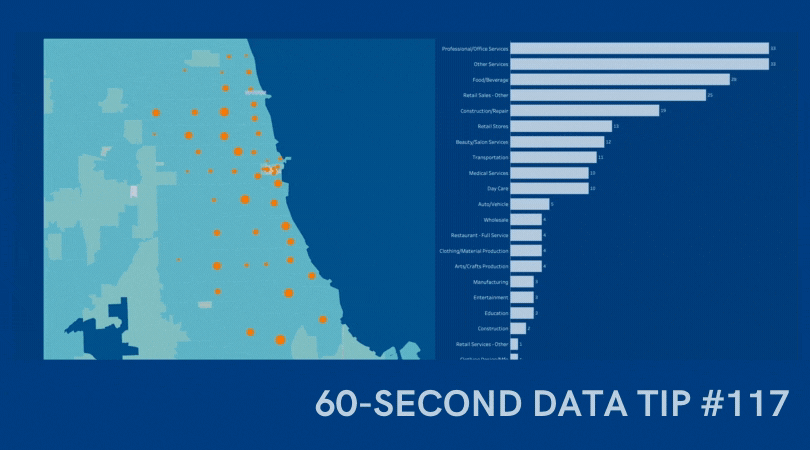Reposted from December 2019
Maps can be a powerful way to show your data. But not always. Maps work best when . . .
1) Your audience already knows the geography.
Most Americans have a basic understanding of the size, demographics, land use, weather, and history of different regions of the U.S. It’s that foundational knowledge that makes maps like the following so effective. We think: wow, cows would take up all of the midwest if we put them all together, and urban housing would require only a portion of New England. Or, if only white men voted, just a few states in New England and the Northwest would go Democratic.
Source: Bloomberg
Source: Brilliant Maps
But when we are not familiar with the geography, maps are much less illuminating. For example, if you don’t know Ireland well, then this map does not shed much more light on the matter than the simple bar chart in the upper left hand corner. It tells us which clans are most prevalent, which is all the map also shows us unless we know more about the different regions.
Source: Brilliant Maps
2. You are showing the significance of proximity or distance.
Even if your audience is not familiar with the geography (and sometimes especially when they are not familiar with it), maps can be an effective way to show proximity or distance. This map of the Eastern Congo shows us how close armed groups (in green) are to internally displaced people (in purple). Just naming the cities or regions where these two groups are would not be effective for audience unfamiliar with the geography.
Source: Brilliant Maps
For more information on when to use a choropleth map (in which regions are filled with a color, shades or patterns to represent a value), check out this great article from Datawrapper.
Let’s talk about YOUR data!
Got the feeling that you and your colleagues would use your data more effectively if you could see it better? Data Viz for Nonprofits (DVN) can help you get the ball rolling with an interactive data dashboard and beautiful charts, maps, and graphs for your next presentation, report, proposal, or webpage. Through a short-term consultation, we can help you to clarify the questions you want to answer and goals you want to track. DVN then visualizes your data to address those questions and track those goals.





















